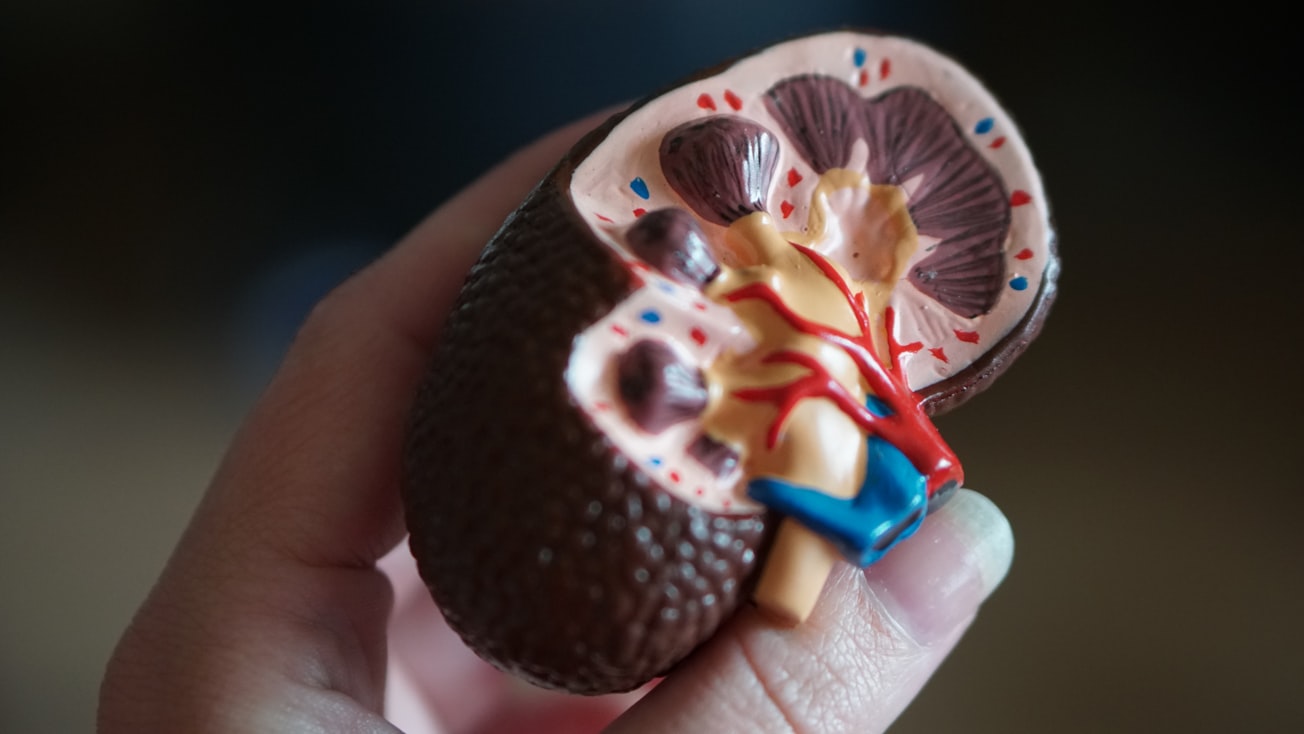What is it about?
To determine the reason of a reduced kidney function, a kidney biopsy is often required to obtain tissue for microscopic examination. The main barrier to performing a kidney biopsy is the potential for complications, with bleeding being the most common complication. This study (1) estimated the rate of complications after biopsy of a native or transplanted kidney; (2) identified predictors of increased risk for complications and (3) shows that a four hour surveillance period after a biopsy is sufficient to detect most complications and thus, most kidney biopsies can be performed as an outpatient procedure.
Featured Image

Photo by Robina Weermeijer on Unsplash
Why is it important?
This study adds on the information on complication rates and risk factors after kidney biopsy; it helps discuss the risks of the procedure with patients; and it demonstrates the feasibility to perform kidney biopsies as outpatient procedures in many cases, thus helping to save health-care costs. Overall, the complication rate was low, underscoring the general safety of kidney biopsies.
Perspectives
With the growing number of specific treatments that become available for kidney diseases, it is important to seek a definitive diagnosis whenever possible. The perceived risks as well as the costs of a kidney biopsy represent important barriers to reaching a definitive diagnosis of kidney diseases. Our study shows that the complication rate of kidney biopsies are overall very low and helps identify patients with increased risk for complications. Importantly, it also shows the feasibility to save costs by performing most kidney biopsies as an outpatient procedure.
Andreas Kistler
Spital Thurgau AG
Read the Original
This page is a summary of: Safety of Kidney Biopsy when Performed as an Outpatient Procedure, Kidney and Blood Pressure Research, January 2021, Karger Publishers,
DOI: 10.1159/000515439.
You can read the full text:
Contributors
The following have contributed to this page







